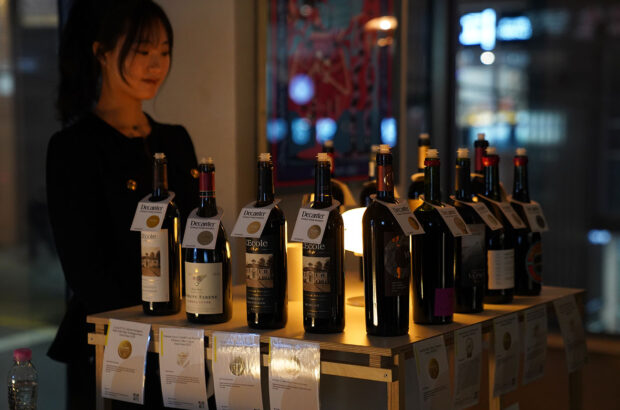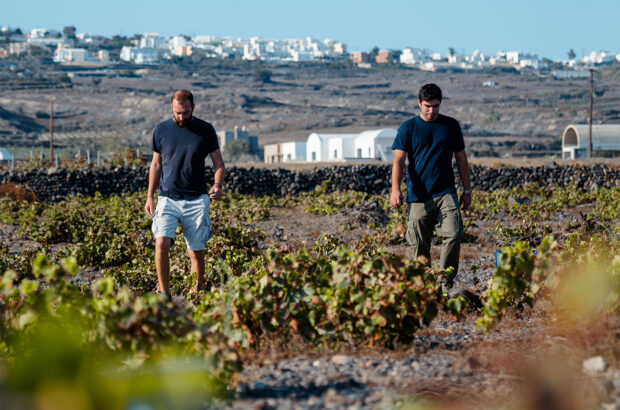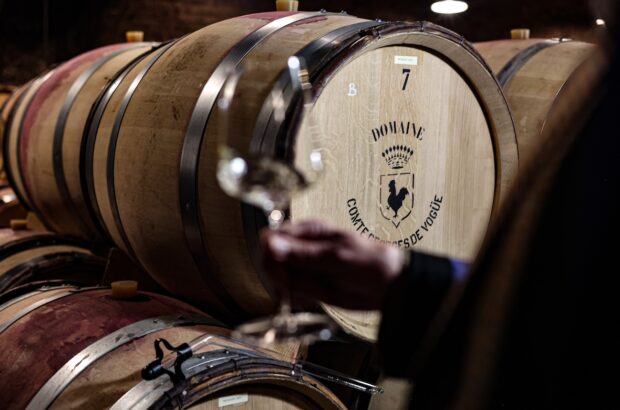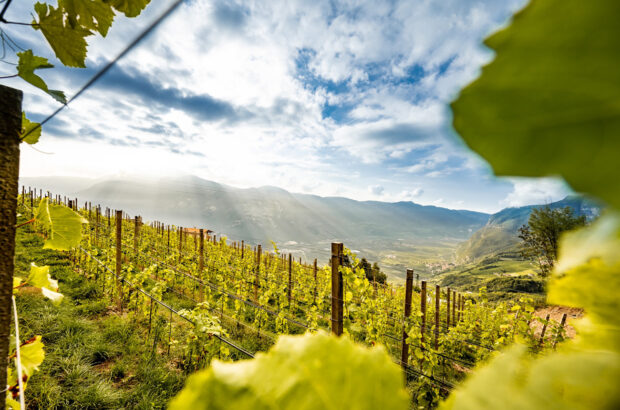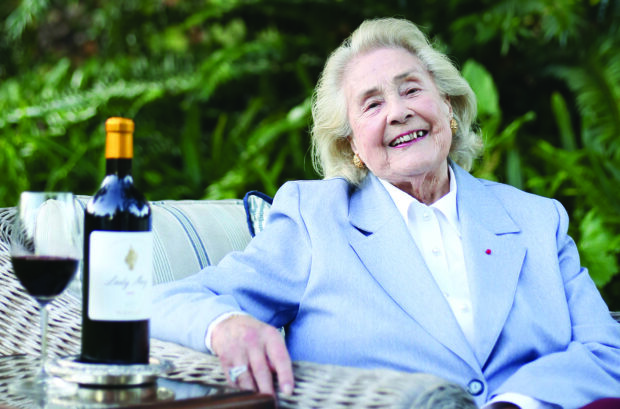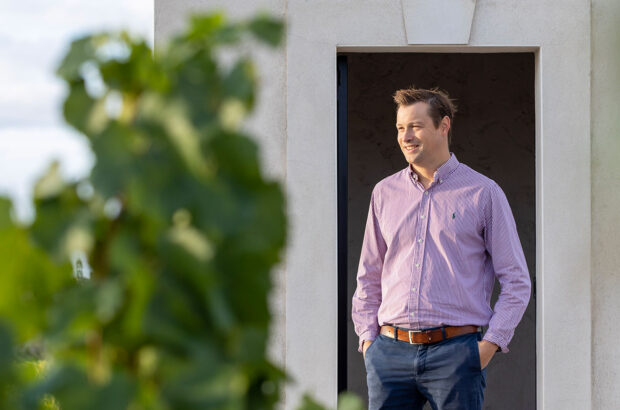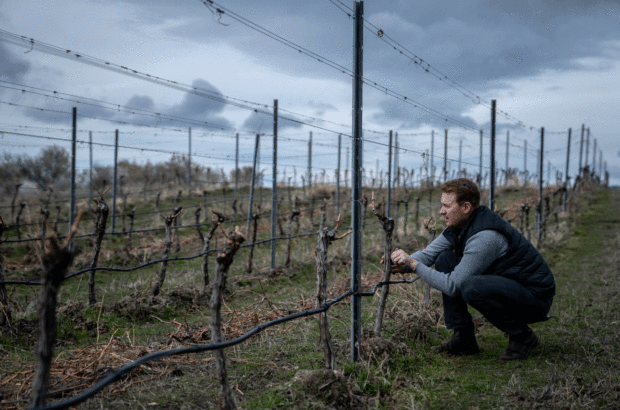The vineyards appear healthy and don’t need irrigation, unlike on the southern slopes, where water assistance for the vines has been the norm for years. An electric driverless van passes by on the road, shuttling between wineries and a digitally managed hub, reducing logistics costs and environmental impact. It’s the summer of 2055, the Earth is boiling and viticulture has had to adapt. Just think, all of this had been predicted long before…
In 2024, all hell broke loose in the celebrated Piedmont wine region. The then president of the local Barolo consorzio, Matteo Ascheri, tackled the issue of climate change head-on with a series of radical proposals, including the lifting of the ban, established in the 1966 regulations, on planting Nebbiolo grapes destined for Barolo on north-facing hillsides. The debate was heated. The winemakers opposed to the proposal prevailed, citing a loss of biodiversity (the northern slopes of the Langhe hills are carpeted with woods or crops other than vines), as well as a negative impact on the quality of Nebbiolo grapes, traditionally planted on the southern slopes most exposed to the sun.
Sergio Germano, the consorzio’s new president, elected last May, faces the same challenges as his predecessor, from climate change to the spread of vine diseases. He suggests, instead, facing them ‘one step at a time’, as farmers do: ‘In the vineyards we are experimenting with new forms of leaf management, we are evaluating the use of shade films, anti-hail barriers, and we are open to the use of controlled irrigation.’ In his opinion, ‘Barolo is healthy.’ The numbers seem to prove him right: a record 15 million bottles were exported in 2023, the Barolo DOCG consorzio reports, and the average value of vineyards is said to exceed €1 million per hectare.
The Barolo district, with its reputation as an El Dorado for investors, represents a winning model. Even more important is the fact that the ‘king of wines’ has never been so good and reliable. Its top bottlings are more enjoyable, elegant and refined than the fruit bombs of a decade ago, the vintage trend is constantly positive and average quality is high. Barolo seems to have reached its zenith. The rules, in short, with their rigidity and limits, seem to be in step with the times. But are we sure that’s true?
Over the last century and a half, the map of Barolo wine has changed several times. Scholars such as Lorenzo Fantini, Ferdinando Vignolo Lutati and Renato Ratti have sifted through every clod of the Langhe, setting down on paper the territories best suited to Nebbiolo, according to the tastes of their respective eras. Some vineyards have thus acquired a deserved fame over time, but no map is set in stone.
The legendary ‘vineyards of the south’ may no longer represent the spearhead of Barolo in times ahead that promise to be torrid. It’s no coincidence that sub-areas once hardly considered are already gaining ground, such as Castelletto in Monforte d’Alba, with its east-southeast exposure and fine, fresh Barolo wines. Pointing the compass even further north might not be a sacrilege: after all, the northern slopes of the Langhe hills are already planted with vines, even with Nebbiolo grapes – they can’t boast the Barolo denomination, however, and must be bottled as Langhe Nebbiolo DOC.
The objections to Ascheri’s trenchant proposals were motivated by an all-out defense of the status quo, and north-facing Barolo has been passed off as taboo: but weren’t barriques and leaf-thinning also taboo when they were introduced here in the 1980s? ‘Optimising the pleasantness of Barolo’, Germano’s objective, may require stronger decisions than a well-combed leaf canopy. However, I’m certain that when the time comes, the Langhe’s winemakers will know how to take them, as has always happened in this noble wine’s history, and will project themselves into the future without fear of taking new paths.
In my glass this month
Who said that Barolo can’t be appreciated when it’s very young? In uncorking a bottle of Elio Altare’s Arborina Barolo 2021 (£85 Justerini & Brooks), I feel like I have done nothing wrong. The wine already has all its own credentials: on the nose it’s fruity and spicy, with notes of rose petals; on the palate it’s tasty, with velvety tannins, the acidity is perfectly balanced and the finish recalls hints of undergrowth and soil. I could have left it to sit in my cellar for another 15-20 years, but I just couldn’t resist!




